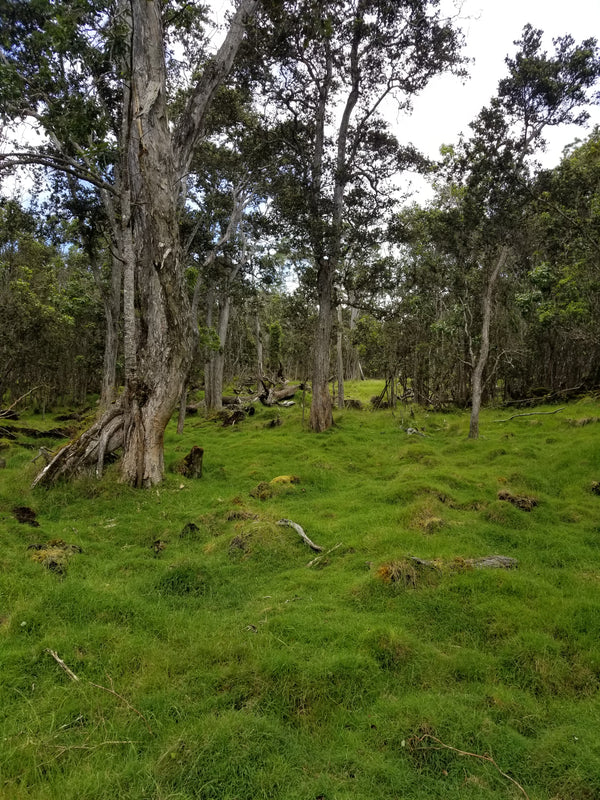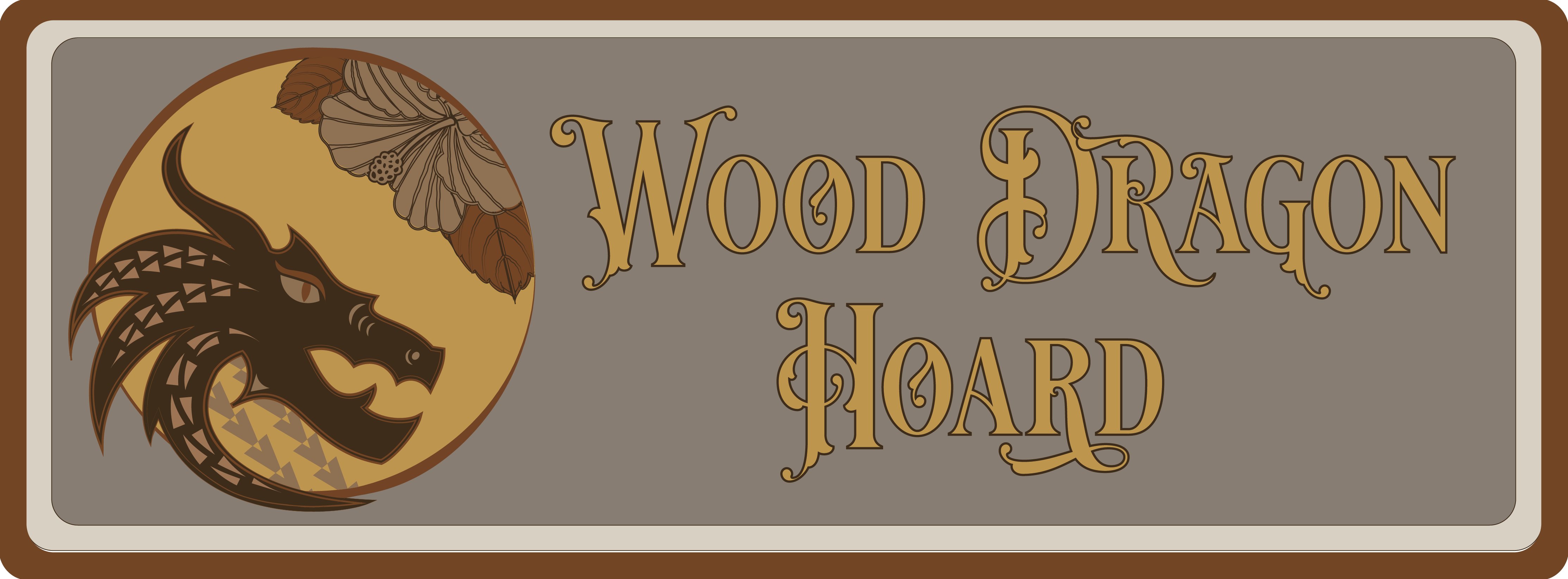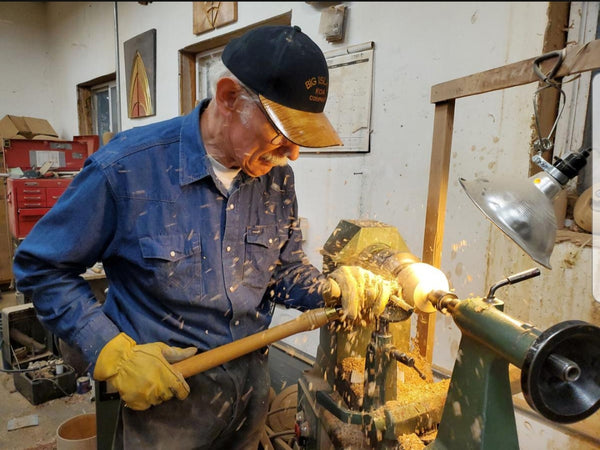
Facts About Koa Wood: Is Koa endangered?
The rarity and expense of koa wood has given rise to the misconception that koa is endangered or even, extinct. So, is it? The short answer is no. In fact, there are now more koa trees growing throughout the Hawaiian archipelago than 10 years ago. However, there are issues at play, which impact the availability of koa wood and its expense in the wood market. To put those nuances into context, let’s explore a few of them.
What’s so special about koa?

There are so many things that make koa unique, but we’ll begin with perhaps the most important fact: Koa is endemic to the Hawai’ian islands. This means that Acacia Koa trees grow only on the Hawai’ian islands. Perhaps seeds floated there on flotsam from Australasia, where its closest extant relative, Acacia Melanoxylon (Tasmanian blackwood) is endemic. There is no clear answer to this riddle, but what is known is that koa was flourishing on the islands when the first Polynesian people arrived.
At one time in Hawai’ian history, koa wood was considered so very special that its use became restricted to the Ali’i, or ruling class. The kings and chiefs forbade the use of koa for any purposes other than their own. Furniture, bowls, weaponry, and importantly canoes were made of koa for the purposes of defense and conquest.
Old growth trees were so large that several full-sized canoes could be carved whole from a single tree. The Hawai’ian word for warrior is ‘koa’ and the tree’s use in making weapons and the means to transport warrior parties associated it so deeply with military might that the two things became synonymous, and the tree came to be called koa itself. The Hawai’ian phrase: E ‘Ola Koa is a testament to the deep importance of koa in Hawai’ian culture. The phrase means: live like the koa tree and refers to strength, endurance, and long life.
Over time, the tabu on general use faded away and koa became popular as a tone wood, for ukulele and its use as a material for everything from dishware to surf boards became the staple wood in Hawai’ian life.
 In addition to its strength, koa is revered for its amazing beauty. Soil chemistry and water availability impact the appearance of the wood itself. Koa ranges from golden to deep red with heavy grains. It frequently forms figure, or curling with incredible chatoyance, which is highly prized as the most beautiful wood for guitars and ukuleles. There is no boring koa wood. Even the most bland piece is rich with color and grain patterning, so it’s easy to see why it has become such a popular wood for nearly every wood working application.
In addition to its strength, koa is revered for its amazing beauty. Soil chemistry and water availability impact the appearance of the wood itself. Koa ranges from golden to deep red with heavy grains. It frequently forms figure, or curling with incredible chatoyance, which is highly prized as the most beautiful wood for guitars and ukuleles. There is no boring koa wood. Even the most bland piece is rich with color and grain patterning, so it’s easy to see why it has become such a popular wood for nearly every wood working application.
If it isn’t rare or endangered, why is it so expensive?
To adequately answer this question we have to talk about the history of koa wood production. Although it is true that there is currently no danger to the koa species, this is largely due to conservation efforts and has tremendous bearing on the availability of koa wood.
Around the 1830’s, massive land clearing efforts took place on all the islands. In the lowland areas, land was cleared for sugarcane. At the higher elevations, where koa grows, land was cleared to accommodate cattle grazing. Huge tracts of forest land were cleared entirely. The dearth of wood available introduced the world to the beauties of several endemic and native Hawai’ian tree species and koa, ohi’a, sandalwood, kukui, kopiko, kolea, and pua all began to gain popularity outside of the islands.
Sadly, this boom eventually lead to some species being severely endangered, and many have become extinct.
The furious enthusiasm to tap into the abundant resources of the Hawai’ian islands eventually earned Hawai’i the unenviable title of: The Extinction Capitol of the World. Although the numbers are likely higher, what is known for certain is that Hawai’i has lost 95 species of native birds. Of the 35 remaining species of birds in the islands, 30 species are dependent on koa and ohi’a forests. 17 of those birds are severely endangered.

In addition to birds, Hawai’i is home to numerous reptiles and a host of other indigenous plants, all of which rely upon keystone species like the koa and ohi’a.
Both koa and ohi’a forests are essential for providing habitat, fixating nitrogen, and erosion control. As the risks to the health of the islands became clearer over the past few decades, logging practices were stopped. Presently, all harvest of koa wood is now salvage of dead and downed logs or selective thinning, supervised by the Hawai’i Department of Land and Natural Resources and Hawai’ian Homelands.

The operating costs of these salvage operations are high. Koa grows mostly above 2000 feet elevation. Finding the wood under years of understory growth is challenging. Once it is discovered, extraction is often difficult and always costly. Once the wood has been transported from high up on the volcanic mountains, the material losses at the mill are frequently very high. Additionally, oversea freight costs are exhorbitant.
The most prized wood: that with extraordinary color and high figure is very rare. Only about 10% of koa trees grow in ways that create the deep figure patterning that is so desirable. These aspects combined play a role in the downstream costs of lumber to the consumer.
In short, even though koa trees are not endangered, their harvest is now more consciously impacted by considerations of cultural respect and preservation, making it rare in general and highly figured wood is rarer still.
Protections of standing forests, including prevention of young tree predation by cattle and sheep, replanting efforts, and clearing ground by removing dead material will ensure that koa will be available for years to come and that vulnerable species will remain and thrive.

When you buy koa for your woodworking project, you are buying not only a beautiful piece of wood, but a piece of the very heart of Hawai’i. You can feel confident that the beautiful piece of wood that you are creating with is the product of loving and careful conservation efforts and that the koa forests, and the species that depend upon them will be safe for generations to come.

